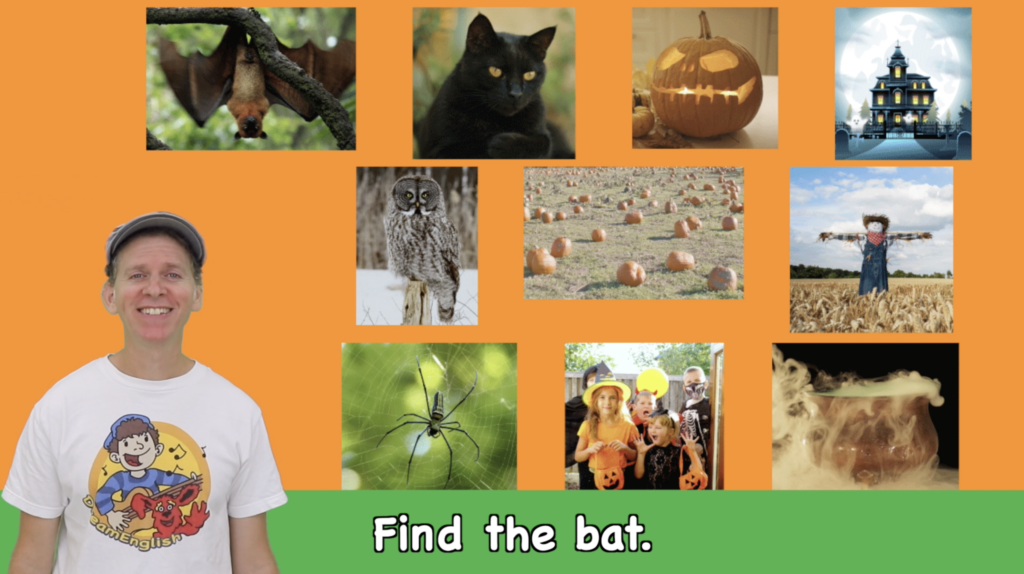I’m excited to share with you the new Dream English Kids books available now!
ABC Coloring Book With Matt

Join Matt from the Dream English Kids YouTube channel and learn capital letters from A to Z! An ABC Coloring book with capital letters and objects from A to Z.
This coloring book has all of the capital letters from A to Z with drawing stroke guides. Children can practice writing the letters and color the items that begin with the letters. A fun way to begin letter and word recognition for young learners.
A great book for students from 2 years old and up. Teachers and parents can help students read and say the vocabulary words in the book.
Learn more on Amazon: Click on the link for your country to be directed to your local Amazon store.
USA: US United Kingdom: UK Germany: DE France: FR Spain: ES Italy: IT
Netherlands: NL Poland: PL Sweden: SE Japan: JP Canada: CA Australia: AU
What Do You See? Vehicles with Coloring

A vocabulary and coloring book based on the popular What Do You See? Song series from YouTube.
Learn and color 10 vehicles in this fun book for kids. Color the vehicles and practice counting vehicles from 1-10. The vocabulary for this book goes along with the What Do You See? Song vehicles video available on the Dream English Kids YouTube channel. Details on how to view the video inside the book or search for the video on YouTube.
Learn more on Amazon: Click on the link for your country to be directed to your local Amazon store.
USA: US United Kingdom UK Germany: DE France: FR Spain: ES Italy: IT
Netherlands: NL Poland: PL Sweden: SE Japan: JP Canada: CA Australia: AU
What Do You See? Animals With Coloring

USA: US United Kingdom: UK Germany: DE France: FR Spain: ES Italy: IT Netherlands: NL Poland: PL Sweden: SE Japan: JP Canada: CA Australia: AU
I hope you like the new books! I think they will be great for home and classroom use. Be sure to check my other books also available on Amazon:
My First 100 Words With Matt

Can I Eat It?








